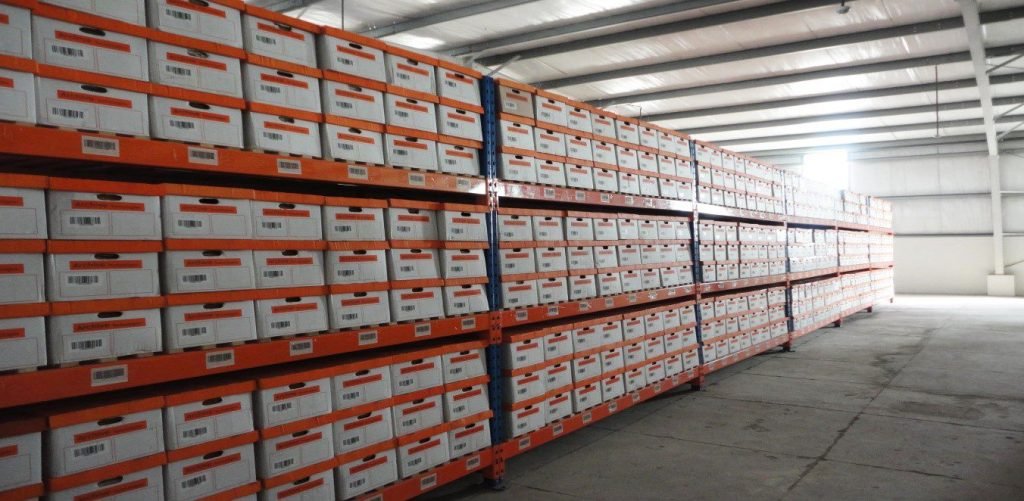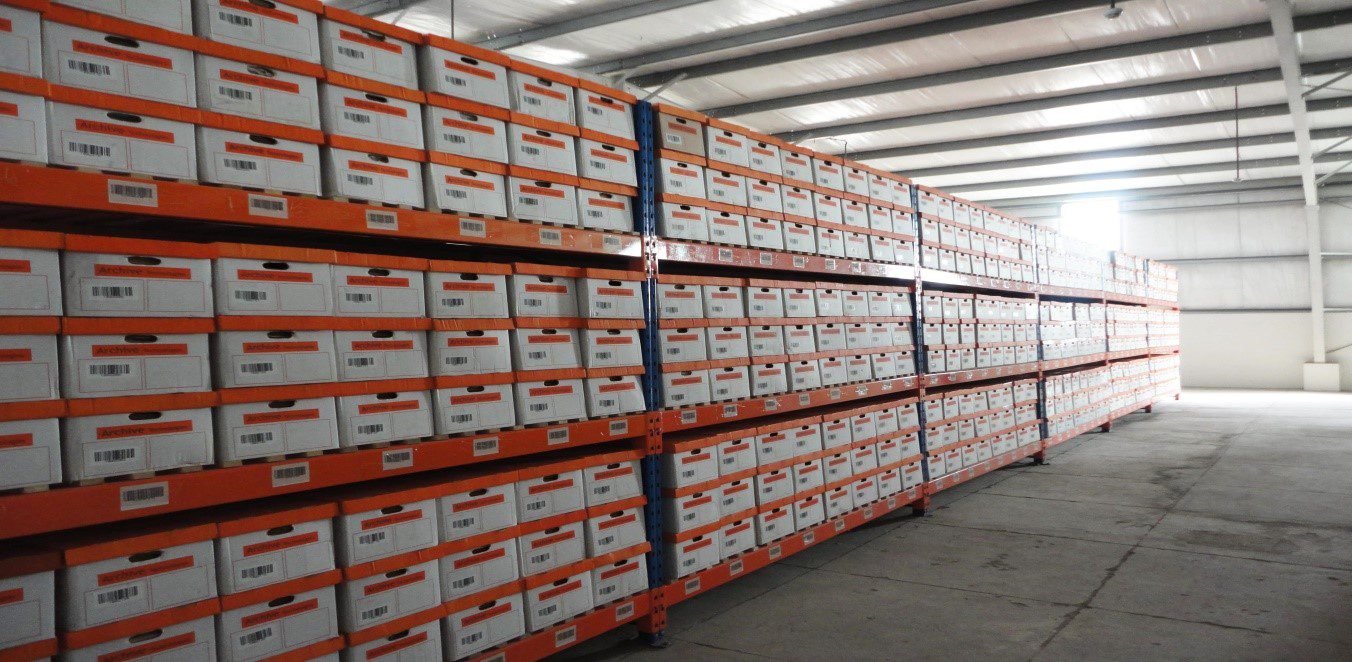What is meant by Records?
The term records refer to information or data created, received, maintained, and transmitted within an organization time and time again. Records can come up in any format, such as in the form of paper, electronic documents, images, audio recordings, videos, letters, and a whole lot of day-to-day documents involved in business and human resources management.
As defined by the ISO (International Organization for Standardization) records are information received and maintained in pursuit of business transactions and legal obligations.
A typical records management process involves:
- To decide whether to do filing and records management onsite or off-site
- To identify, classify and organize information
- Establishing and implementing standards, policies, and guidelines
- Assigning responsibilities to managers and records management professionals
- Incorporating records management as part of the daily operation
- Outsourcing to 3rd party (offsite) records archiving services provider
- To look into the security-related issues
- Records accessibility and retrieval utilities
- Records destruction/shredding services

Records Management Process
The records management process is typically the lifecycle from the creation phase, usage, and records maintenance to lifetime preservation or destruction.
A file goes through multiple processes that are;
- Records Creation or Reception
This is where records management begins. It starts with the creation, transmission, or reception of a file or document that is related to a company transaction or any activity in general.
- Records Usage and Modification
In this phase of the records management, records files are distributed among employees for usage or modification, reviews, and processes ahead.
- Active or Inactive Records
Records that are used frequently by individuals are known as active data files. On the other hand, if a file is no longer applicable for the day-to-day work is called inactive data.
- Records Maintenance and Protection
The records, whether active or inactive, are then provided with proper security measures to enable records preservation. Documents are organized in files racks, folders, and file cabinets. In addition, many firms’ employees more sophisticated security measures such as protecting data on digital platforms to make sure no unauthorized personals have access to the records. Many records archiving firms today offer documents digitization services to provide valuable records with an extra layer of security.

- Retrieval Utilities
Organizations often need historic records for various purposes. Proper maintenance and records management practices allow organizations to easily call back or retrieve any file whenever needed. It makes the search time significantly less consuming and optimizes business processes.
- Archive and Preserve
Certain records have long-term values for organizations, and thus to be secured permanently. This typically includes organizational strategic data that could be used for any purpose later in some time either for scaling up, pursuing litigation and legal processes.
Archiving records has multiple benefits, such as
- It ensures fast retrieval
- Provide security against all external threats and data breaches
- Optimize internal workflows
- Reduces the search time
It is thus important that the records are properly organized, indexed, and easily searchable to optimize the retrieval process.
- Records Shredding or Destruction
All inactive data needs to be retained according to government policy, industry rules, and regulations for a certain period. Eventually, as the retention timeline gets over, the records are then going under destruction process as per the company policy.
Safe records shredding services ensure that no data or piece of records is misused that may hurt the organization’s reputation.
Wrapping Up
Records and information are an essential part of everyday life affairs for individuals and organizations. Any data file that comes in goes out or is created within an organization is called records. The records management process is the cycle that involves the creation, reception, maintenance, and destruction of records.







Leave a Reply